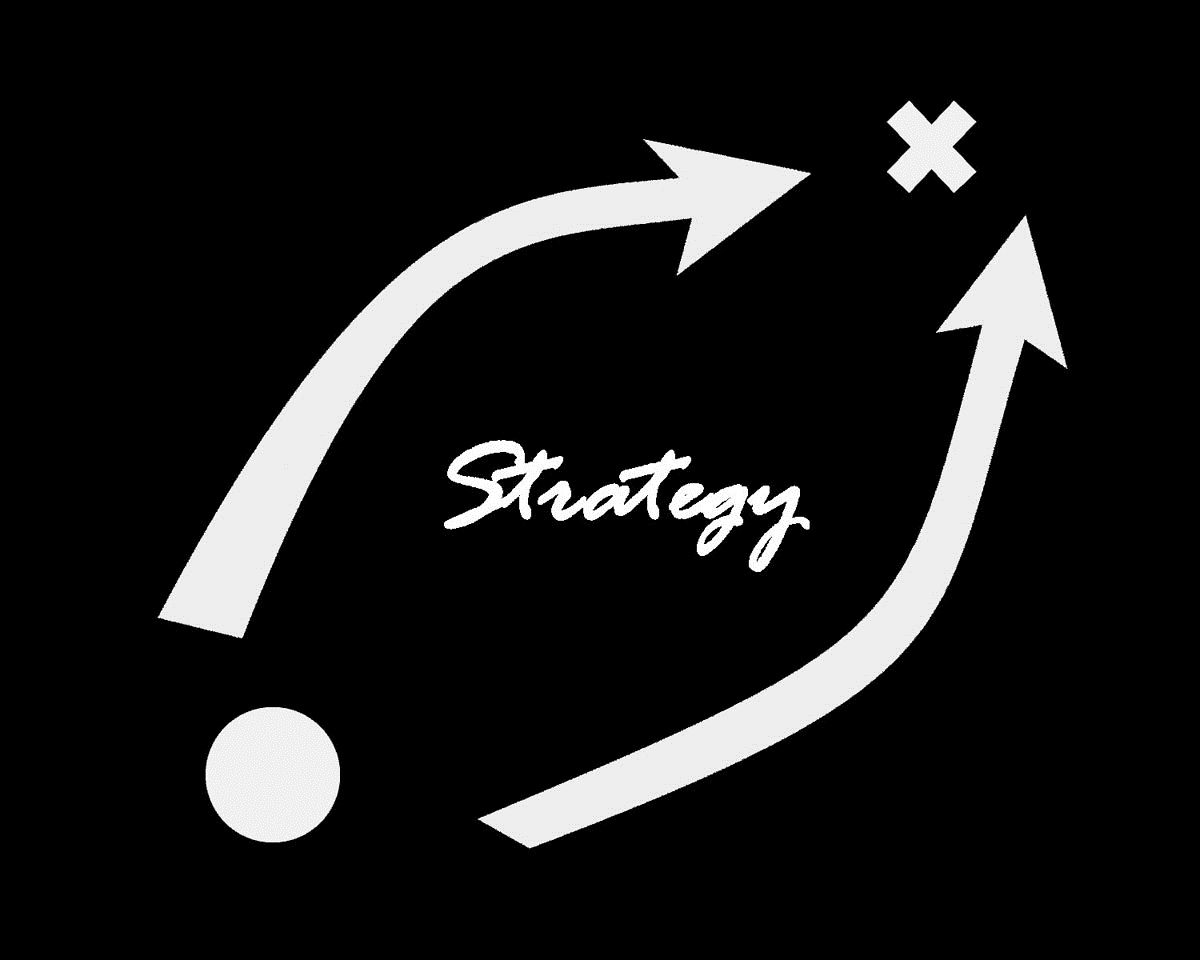What is your company’s strategy? As an employee or manager, what does it mean to you? Not many people I know can articulate it well.
There seems to be much confusion between strategies and goals. Many strategies only state the desired outcomes without either 1) a meaningful connection to the organization’s unique ability to execute or 2) tough choices made based on critical analysis of risk-reward tradeoffs. I call them wishful thinking because they are disconnected with the organization’s reality. No wonder many strategies and change initiatives fail. A November 2017 Harvard Business Review article “Many Strategies Fail Because They’re Not Actually Strategies” touches the same point. When strategies fail in execution, just ask the employees and middle managers why. The failure rarely was a surprise to them.
Some people believe that strategy and its implementation or execution are separate, i.e. after the strategy is defined, implementation can be developed accordingly. I don’t.
The iterative nature of business strategy notwithstanding, the actual work of strategy implementation does follow the strategy formulation step. However, the strategy implementation framework should be part of a strategy when formulated.
What I have observed as an employee and as a consultant is that strategies are often formulated behind closed doors in conference rooms and then announced to the organization. The decision makers are so removed from the organization’s reality that employees scratch their heads wondering what the strategy means and where it came from. No amount of corporate communication or change management could have saved it.
The problem is not necessarily the strategy formulation process, but the information used to create the strategy. For example, the traditional SWOT (Strengths, Weaknesses, Opportunities, and Threats) analysis is a powerful tool. But without an instinctive understanding tied to reality, it is only a paper exercise that makes pretty Powerpoint slides.
How can we improve strategies so they are more likely to succeed? One thing I recommend is that leaders “Go Gemba” in a Lean term, or simply “go out and see for yourself.”
In a typical organization, frontline employees and middle managers know what is going on in the business better than anyone else. However, only a fraction of this knowledge reaches to the executive level, and sometimes inaccurately.
The danger of not being in touch with the reality is clear. In his book Only the Paranoid Survive, Silicon Valley legend Andrew Grove shared his lessons learned from Intel’s 1994 Pentium crisis – a tiny flaw in the chip that cost them nearly half a billion dollars in less than six weeks. He described the difficulty of senior leaders in getting the right information from the organization:
“They [middle managers] usually don’t have an easy time explaining it to senior management, so the senior management in a company is sometimes late to realize the world is changing on them – and the leader is often the last of all to know.”
He further advised:
“The lesson is, we all need to expose ourselves to the winds of change. We need to expose ourselves to our customers, both ones who are staying with us as well as those that we may lose by sticking to the past. We need to expose ourselves to lower-level employees, who, when encouraged, will tell us a lot that we need to know. … As we throw ourselves into raw action, our senses and instincts will rapidly be honed again.”
Go Gemba if you don’t want to be the leader that is the last to know.


1 comment
Comments are closed.